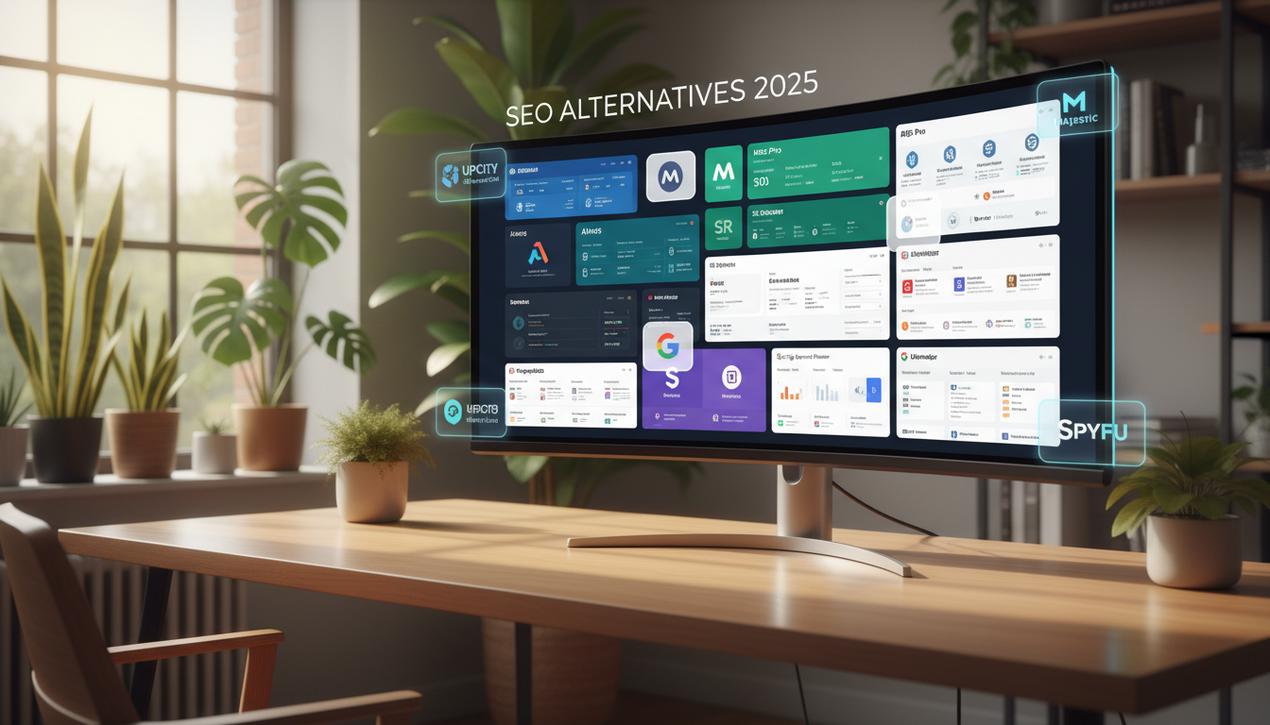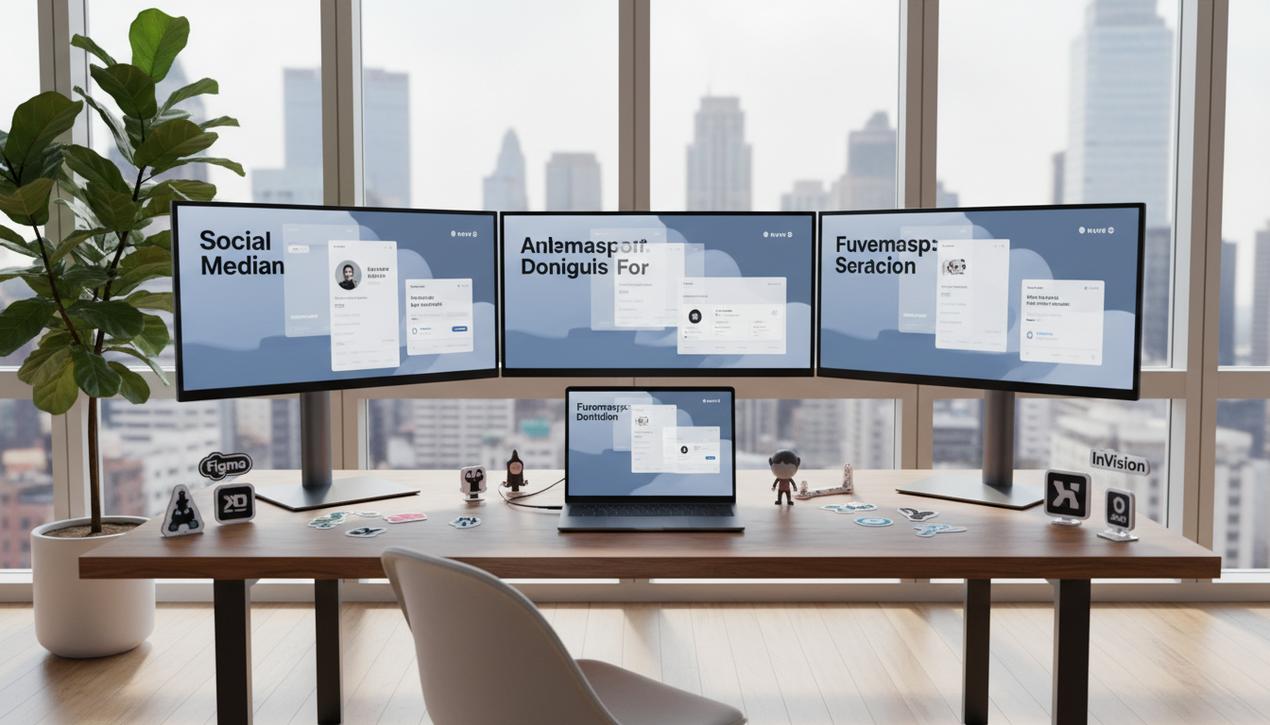The Ultimate Guide to Professional Voicemail in 2025


In an age of instant messaging, where emails and corporate chat platforms dominate, the professional voicemail might seem like a relic of the past. However, the latest statistics for 2025 prove otherwise: a well-crafted voicemail can generate a callback rate up to 30% higher than a cold email. This is a missed opportunity for countless professionals who, whether rushed or unprepared, leave vague, rambling, and impersonal messages that end up in the trash. Leaving a message on an answering machine isn’t a sign of failure; it’s a chance to create a human connection, make a memorable impression, and start a conversation. Far from being obsolete, voicemail has evolved into a strategic tool for standing out in a saturated professional landscape. This comprehensive guide will reveal the techniques and scripts to transform every message you leave into a powerful calling card that compels your contacts to call you back.
Why Voicemail Remains a Strategic Tool in 2025
Despite the dominance of written communication channels, voicemail holds a special place in the modern professional’s toolkit. To ignore its potential is to deprive yourself of a direct and personal communication lever whose impact is often underestimated.
Creating a Human Connection in an All-Digital Era
In a world of overflowing inboxes where attention is a scarce resource, the human voice stands out. A voicemail conveys nuances that are impossible to capture in writing: intonation, enthusiasm, and confidence. It allows you to establish a more personal and memorable connection. Studies on sales communication show that the voice accounts for nearly 40% of a message’s persuasive impact, far more than the words themselves.
Differentiating Yourself from the Competition
How many unsolicited emails does a prospect receive each day? Dozens, if not hundreds. How many personalized, professional voicemails? Far fewer. Using this channel strategically allows you to cut through the noise. It’s a proactive approach that shows you took the time to call personally, which is often perceived as a sign of respect and seriousness.
Mastering the First Impression
Voicemail gives you complete control over the first impression. Unlike a live call where you can be interrupted or caught off guard, the voicemail is your stage. You can prepare, structure, and deliver a perfect, concise, and impactful message without the pressure of improvisation. It’s your personal “elevator pitch,” delivered directly to your contact’s ear.
The 10 Commandments of a Voicemail That Gets a Callback
For a voicemail to be effective, nothing should be left to chance. Every second counts. Here are the ten golden rules to follow to maximize your chances of getting a return call.
- 1. Preparation: Never Improvise. Before you even dial the number, define the clear objective of your call. What do you want the recipient to do after listening to your message? Jot down the key points: your name, your company, the reason for the call, the value proposition, and the call to action.
- 2. Clarity Above All: Be Perfectly Audible. This is fundamental. Make sure you are calling from a quiet place with no background noise. Speak clearly into your phone’s microphone at a steady but energetic pace. Clear diction is a mark of professionalism.
- 3. Brevity is Key: Aim for 20-30 Seconds. Data shows that the average listening time for a professional voicemail rarely exceeds 30 seconds. Get straight to the point. A message that is too long is almost always deleted before it ends.
- 4. The Opener: Grab Their Attention Immediately. Always start by greeting your contact by name. “Hello [First Name],” creates an instant connection. Follow up immediately with your identity: “This is [Your Name] from [Your Company].”
- 5. Personalization: Show It’s Not a Mass Message. Contextualize your call. Reference a previous interaction, a LinkedIn post, a mutual connection, or a recent company announcement. Staying current by following key LinkedIn influencers proves you’ve done your research and legitimizes your outreach.
- 6. Value, Not a Pitch: What’s in It for Them? Don’t recite your sales script. Focus on a single point of value: how can you help your contact solve a problem or achieve a goal? Be intriguing, not salesy.
- 7. Tone of Voice: Convey Confidence and Energy. Your voice should sound positive and self-assured. A simple but effective trick: smile while you speak. It comes through in your intonation and makes your message warmer and more engaging. Avoid a monotonous, robotic tone.
- 8. The Call to Action (CTA): Be Simple and Specific. Don’t end with a vague “call me back.” Guide your contact. Suggest a clear action: “I’m sending you an email right now with the subject line ‘Following up on our conversation.’ It includes a link to schedule a 15-minute chat.”
- 9. Essential Information: Repeat Your Contact Details. Clearly state your phone number twice: once in the middle of the message and once at the end. Speak slowly so it’s easy to write down. Nothing is more frustrating than an inaudible phone number.
- 10. The Review: Use the Listen-Back Feature. Most voicemail systems offer the option to review and re-record your message. Seize this opportunity. Put yourself in the recipient’s shoes and honestly ask if this message would make you want to call back.
Voicemail Scripts: 4 Examples for Different Situations
The structure of a good voicemail varies depending on the context. Here are four adaptable templates based on the principles we’ve just covered.
Scenario 1: The Cold Prospecting Call
Objective: Pique curiosity and initiate contact by providing value.
“Hello [Contact’s Name], this is [Your Name] from [Your Company]. I saw on your LinkedIn profile that you’re responsible for [area of responsibility]. My clients in the [prospect’s industry] sector are achieving [key result, e.g., a 20% reduction in logistics costs] with our [simple description of your solution]. I have a relevant idea I’d like to share for [prospect’s company]. I’m sending you an email with more details. My number is [Your Phone Number]. Talk to you soon.”
Scenario 2: The Follow-Up After an Event or Meeting
Objective: Re-engage the contact and build on a past interaction. This is where effective event communication truly pays off.
“Hi [Contact’s Name], it’s [Your Name] from [Your Company]. We briefly met at the [Event Name] conference last week and discussed [topic of conversation]. I really enjoyed our chat and, as promised, I’m calling to explore how we might be able to [benefit for the prospect]. I’m available for a 15-minute call this week. You can reach me at [Your Phone Number]. Have a great day!”
Scenario 3: Contacting a Candidate (Recruitment)
Objective: Generate interest in an opportunity while maintaining discretion.
“Hello [Candidate’s Name], my name is [Your Name], a consultant with [Your Firm]. Your profile caught my attention for a confidential [Job Title] position I am handling for one of my clients, a leader in the [industry] sector. The project is particularly exciting. If you’re open to a discussion, please feel free to call me back at your discretion at [Your Phone Number]. Again, that’s [Your Name] at [Your Phone Number]. Thank you.”
Scenario 4: The Message for an Existing Client (Customer Retention)
Objective: Nurture the relationship and offer added value.
“Hi [Client’s Name], it’s [Your Name] from [Your Company]. I hope you’re doing well. I’m calling you quickly because I just thought of you when I saw [a new development, information, or opportunity] that might be of interest for optimizing [an aspect of their business]. No rush, but I’d be happy to discuss it when you have a moment. My number is still [Your Phone Number]. Talk to you soon!”
The 5 Mistakes That Will Destroy Your Callback Rate
Sometimes, what you don’t do is just as important as what you do. Here are the five most common missteps that guarantee your message will be ignored or deleted.
- The Endless Monologue. Unloading your entire sales pitch or getting lost in unnecessary details. If your message exceeds 45 seconds, you’ve already lost your listener.
- The Robotic Tone. Reciting a script word-for-word without any energy. Your contact needs to feel a human on the other end, not a machine.
- The Vague Call to Action. Ending with “feel free to call me back” is an open invitation to inaction. Be direct and propose a clear next step.
- The Lack of Context. “Hi, it’s Mark, call me back.” This type of message, without a company name or reason for the call, is not only ineffective but also unprofessional.
- The Rapid-Fire Phone Number. Saying your phone number at lightning speed is the most common mistake. Your contact will not make the effort to listen to the message three times to jot it down.
Mastering the art of the professional voicemail is a skill that can significantly improve your results, whether you are in sales, recruiting, or project management. By applying a rigorous method based on preparation, brevity, and personalization, you will transform this simple communication tool into a powerful performance driver. Every message left is an opportunity to build a relationship, demonstrate your professionalism, and get closer to your goals. With practice, you will no longer dread getting an answering machine; instead, you will see it as a chance to shine.




